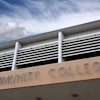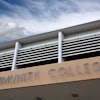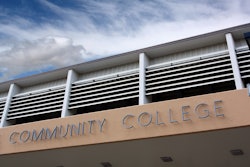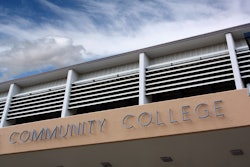The Community College of Baltimore County (CCBC) is well known for its Accelerated Learning Program (ALP), which quickened the path towards credit-bearing courses for students in developmental writing classes. ALP inspired hundreds of other colleges to adopt a similar model.
A few years after ALP was implemented, CCBC added similar programs for reading and math. The Accelerated Math Program (AMP), a combined upper- and lower-level course worth six credits, follows the same general lines as ALP. Studen
“Often students who come in at the remedial level believe that they’re bad at math or can’t do math,” said Danielle Truszkowski, AMP director and CCBC instructor. “But then when they’re successful, then they almost think they’re Einstein. It gives them a whole new attitude and outlook.”
ALP and AMP are both responses to the general concern that standard remedial education does not appear to be working for many students. A number of studies and reports have consistently shown that only a small fraction of the students who start out in remedial courses ever make it to their targeted credit-bearing course.
“Often lengthy remedial sequences pose a barrier to completion for students and what we’ve seen is that co-requisite models are often times the most promising reforms in terms of the impact that you see on completing remedial sequences and completing a gatekeeper course in math or English,” said Madeline Trimble, a data analyst at the Community College Research Center (CCRC).
About 79 percent of students entering CCBC need some form of remedial education. Mark McColloch, CCBC vice president of instruction, said that many students need remediation because relatively few come to CCBC straight out of high school.
“People have typically been out of school for a couple years, and so, especially at intermediate algebra, people have a really strong tendency to forget that if they’ve been away from it for more than a year,” McColloch said. According to the school website, only 9 percent of CCBC students in 2014 were under the age of 20.















